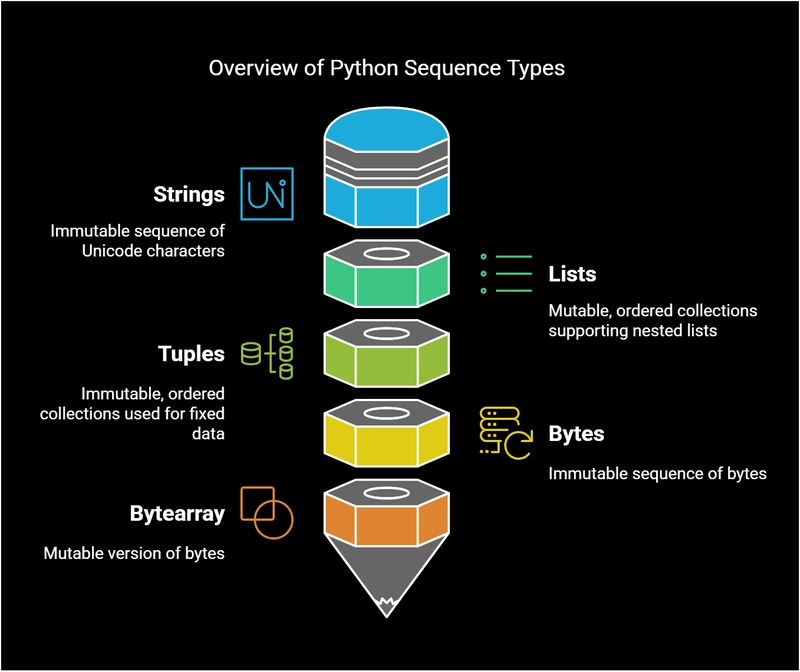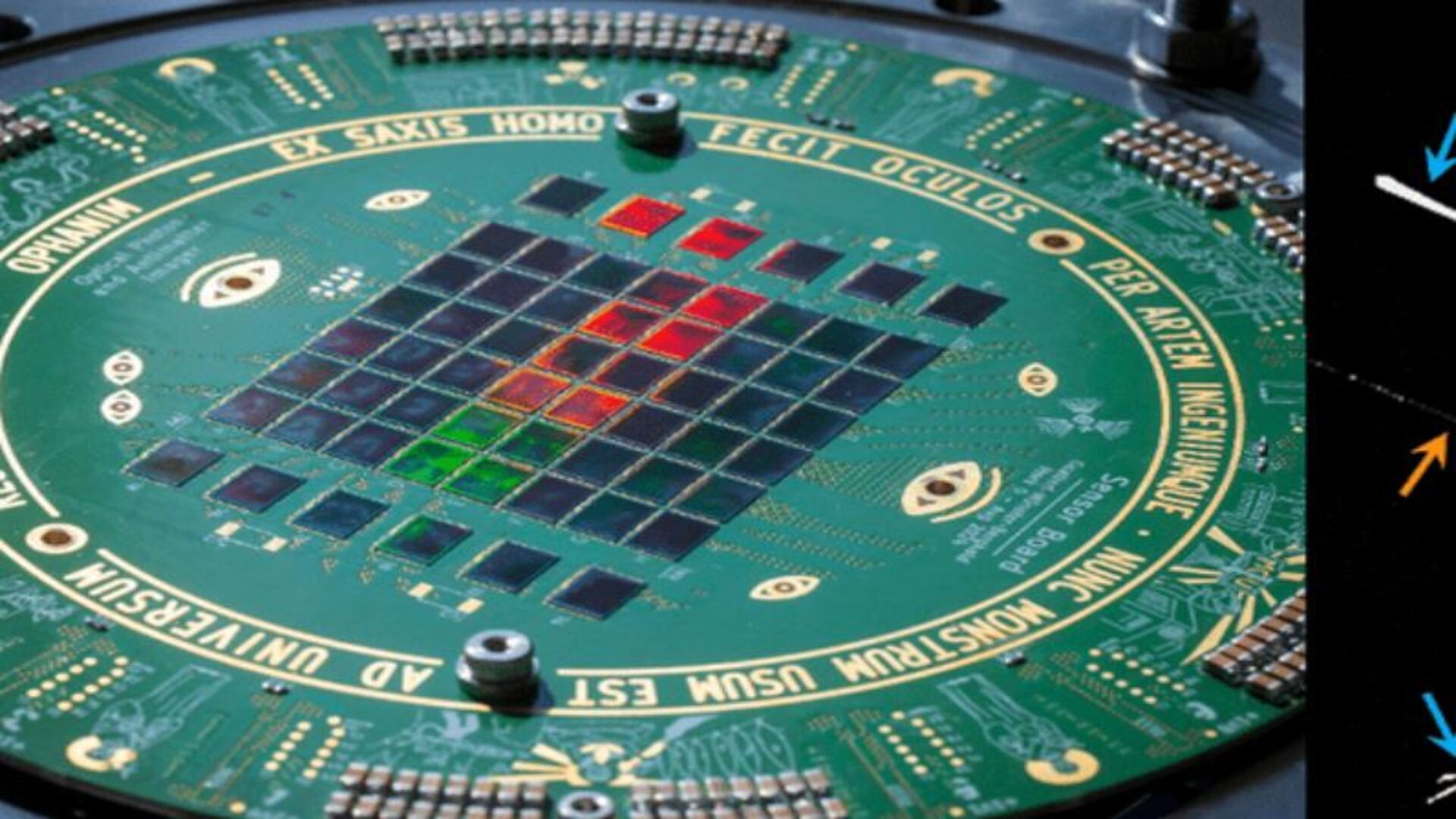Sequence Types in Python – Organize and Access Your Data with Ease!
In Python, sequence types are powerful structures used to store and manage collections of data in a specific order. Here are the key sequence types you should know: ✅ Strings (str) – Immutable sequences of characters. Perfect for handling text, from single letters to entire paragraphs. ✅ Lists (list) – Mutable sequences. You can add, remove, or change elements. Ideal for storing dynamic collections. ✅ Tuples (tuple) – Immutable sequences. Great for fixed data that shouldn’t change, like coordinates or constant configurations. ✅ Bytes (bytes) – Immutable sequences of bytes. Commonly used in file handling and communication between systems. ✅ Bytearray (bytearray) – Mutable counterpart of bytes. Useful when you need to modify binary data in-place. https://interactive-free-python-lab.uk Learning how these sequence types work gives you the flexibility to manipulate, access, and transform data efficiently in your Python programs!

In Python, sequence types are powerful structures used to store and manage collections of data in a specific order. Here are the key sequence types you should know:
✅ Strings (str) – Immutable sequences of characters. Perfect for handling text, from single letters to entire paragraphs.
✅ Lists (list) – Mutable sequences. You can add, remove, or change elements. Ideal for storing dynamic collections.
✅ Tuples (tuple) – Immutable sequences. Great for fixed data that shouldn’t change, like coordinates or constant configurations.
✅ Bytes (bytes) – Immutable sequences of bytes. Commonly used in file handling and communication between systems.
✅ Bytearray (bytearray) – Mutable counterpart of bytes. Useful when you need to modify binary data in-place.
https://interactive-free-python-lab.uk
Learning how these sequence types work gives you the flexibility to manipulate, access, and transform data efficiently in your Python programs!








































































































































































![[The AI Show Episode 143]: ChatGPT Revenue Surge, New AGI Timelines, Amazon’s AI Agent, Claude for Education, Model Context Protocol & LLMs Pass the Turing Test](https://www.marketingaiinstitute.com/hubfs/ep%20143%20cover.png)
































































































































![From drop-out to software architect with Jason Lengstorf [Podcast #167]](https://cdn.hashnode.com/res/hashnode/image/upload/v1743796461357/f3d19cd7-e6f5-4d7c-8bfc-eb974bc8da68.png?#)









































































































.jpg?#)
































_ArtemisDiana_Alamy.jpg?#)


 (1).webp?#)





































































-xl.jpg)














![Yes, the Gemini icon is now bigger and brighter on Android [U]](https://i0.wp.com/9to5google.com/wp-content/uploads/sites/4/2025/02/Gemini-on-Galaxy-S25.jpg?resize=1200%2C628&quality=82&strip=all&ssl=1)










![Apple Rushes Five Planes of iPhones to US Ahead of New Tariffs [Report]](https://www.iclarified.com/images/news/96967/96967/96967-640.jpg)
![Apple Vision Pro 2 Allegedly in Production Ahead of 2025 Launch [Rumor]](https://www.iclarified.com/images/news/96965/96965/96965-640.jpg)



































































































































